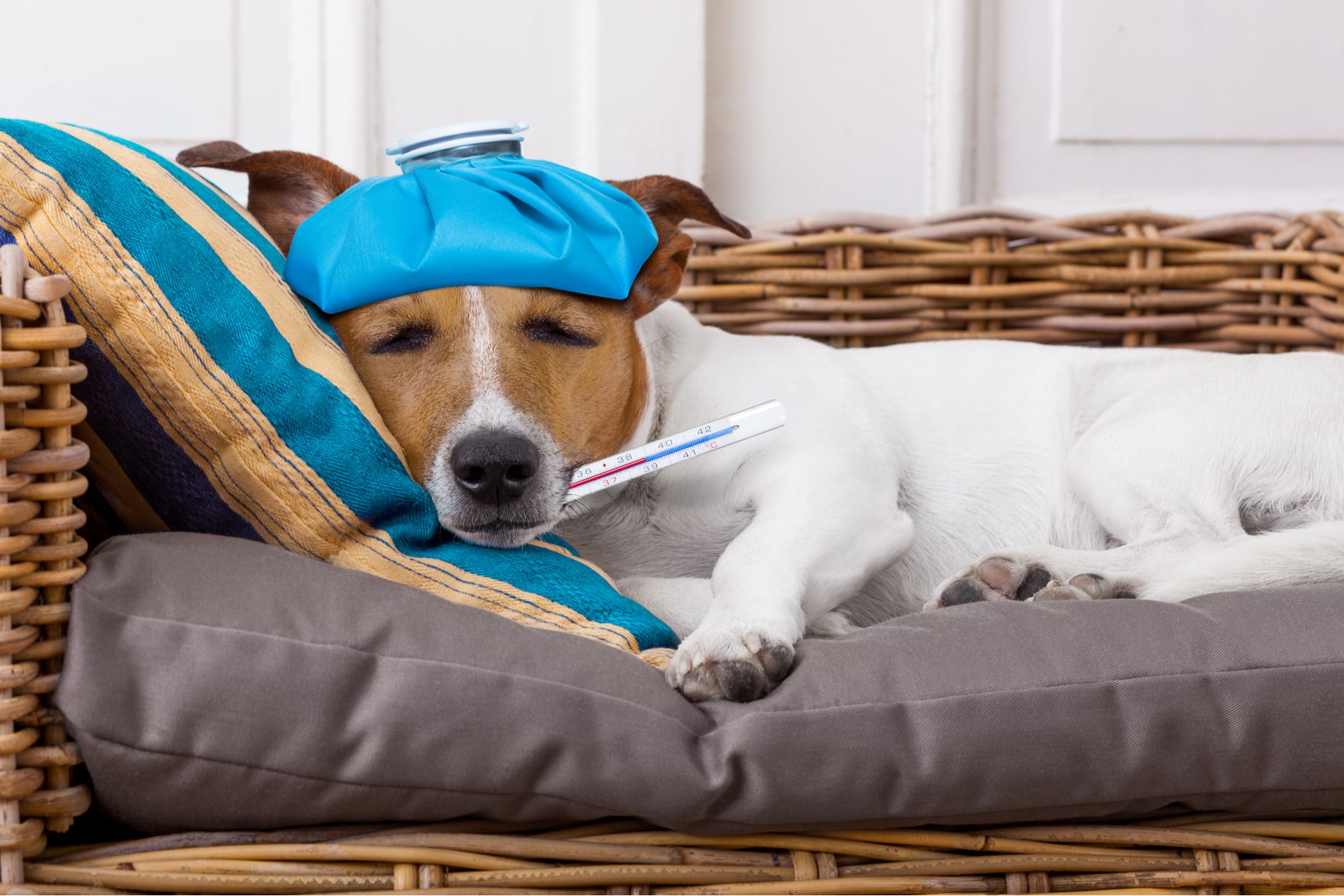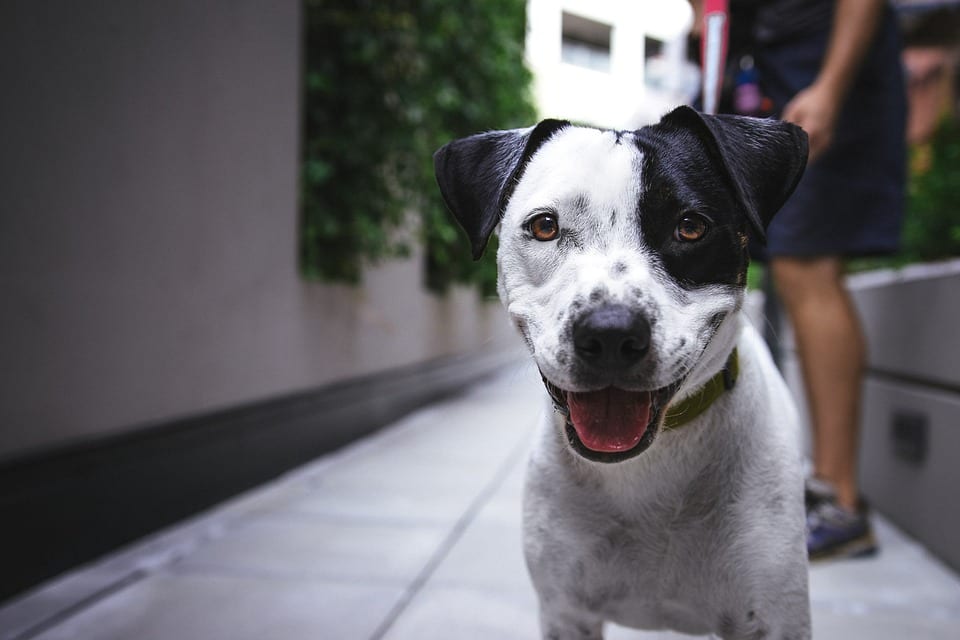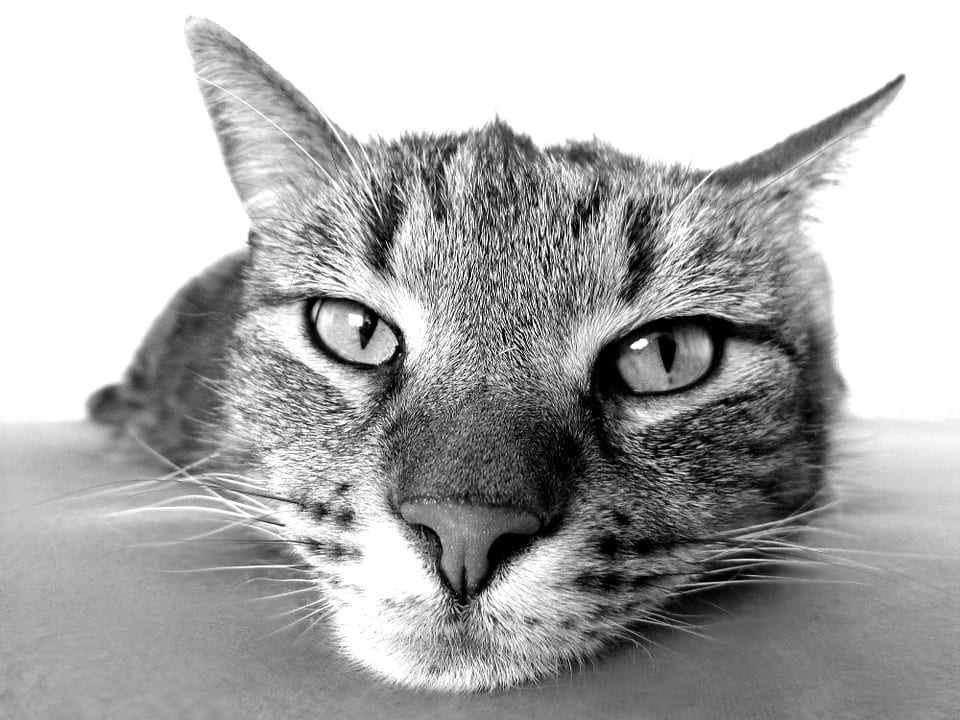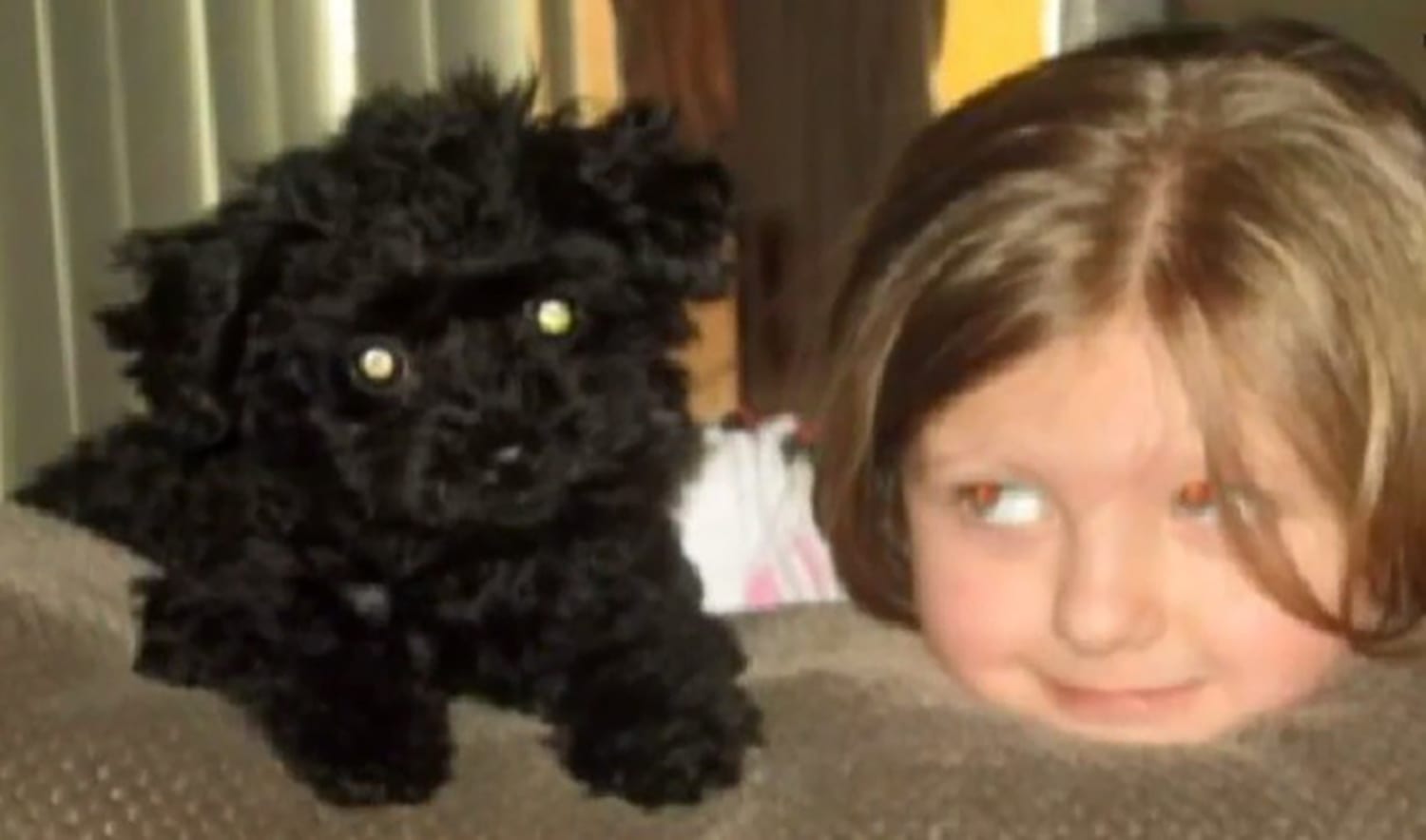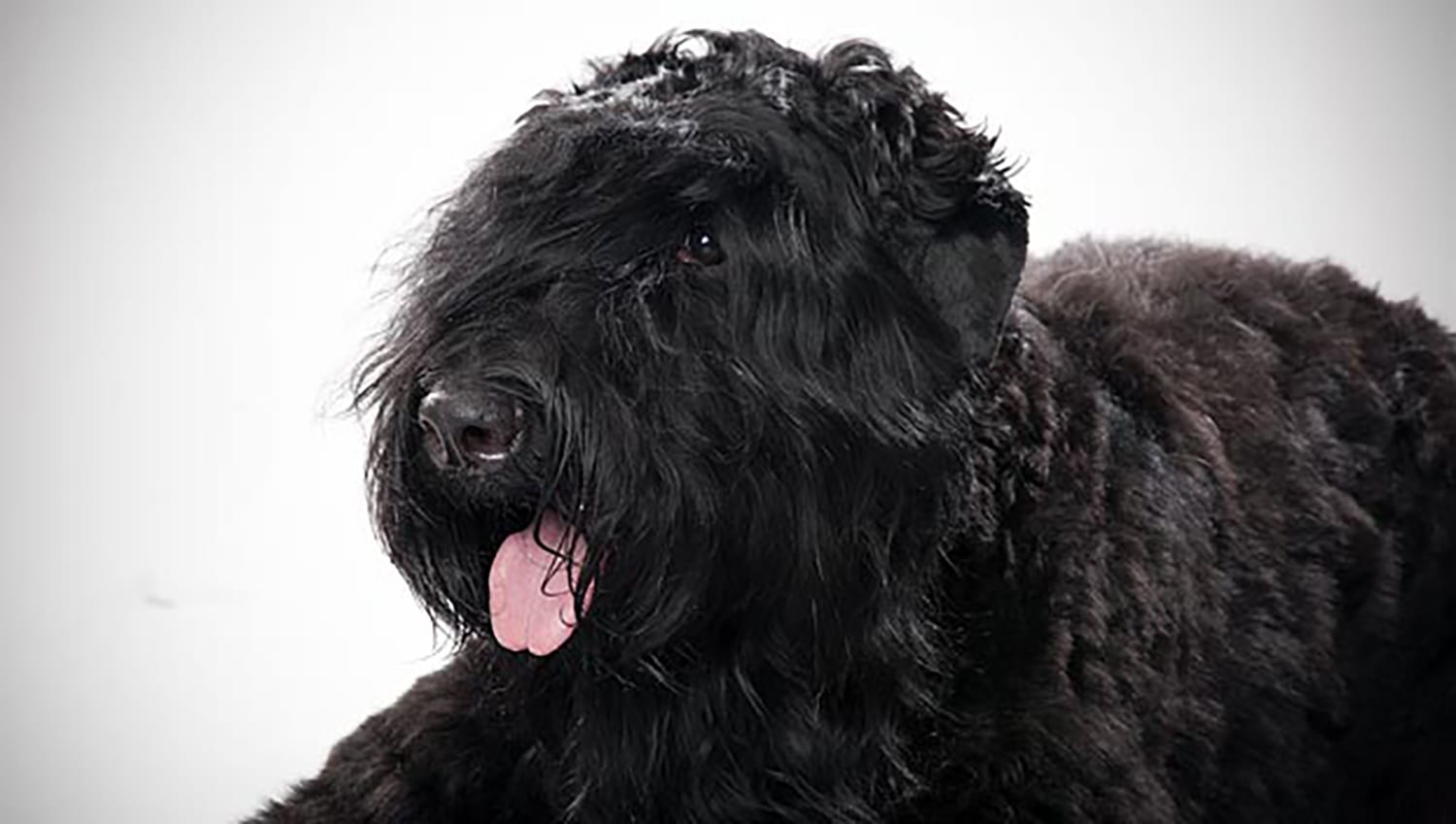It is a small program at this point but we have boarded some dogs that are overweight and have taken the responsibility of feeding them a bit differently and taking on the task of the necessary exercise so we can get them healthy for their families. If you want to get some specifics let me know, or please read the following and you can work on your own program to make sure you dog is healthy and safe from the multiple issues that do impact over weight dogs. Let me know if you have any questions. – David
Sadly, in the U.S. today, overweight and even obese dogs have become the new normal, which is an extremely dangerous trend. In fact, people have grown so fat-blind that pet owners with lean, well-conditioned dogs are often accused by the misinformed of underfeeding their animals!
Unfortunately, there’s also a tendency, even among people who realize their dogs are too heavy, to put off helping them lose weight. It’s important to realize the “I’ll do it tomorrow” approach to helping your pet shed pounds is risking their health and longevity. The canine lifespan, compared to ours, is short, the aging process is greatly accelerated and too-heavy dogs can spend half or more of their abbreviated lives in pain and with mobility problems due entirely to their excess weight.
How being overweight harms your dog’s health
The damage extra fat causes to dogs’ bodies is instantaneously debilitating and can trigger the same obesity-related diseases humans acquire. In a 2018 press release, pet health insurer Nationwide reported the following top 10 obesity-related conditions in dogs:
Arthritis
Bladder/urinary tract disease
Liver disease
Low thyroid hormone production
Torn knee ligaments
Diabetes
Diseased disc in spine
Chronic kidney disease
Heart failure
High blood pressure
Some of these conditions are clearly linked to excess fat, but others, such as liver and kidney disease, are less apparent, but no less deadly. It’s simply a fact that excess weight is disastrous to dogs’ health and shortens their already abbreviated lives. This situation goes from bad to unbearable when we realize dogs aren’t doing this damage to themselves. It’s 100% the fault of humans. There are no overweight dogs in the wild.
Is your dog overweight? How to tell
Since there’s an increasingly distorted view among pet owners of what constitutes an overweight dog, it’s helpful to look down at your dog while standing over him. Can you see a tapered-in waist, or is he oval-shaped, indicating he’s probably too heavy?
Another clue — you should be able to feel his ribs and the bones near the base of his tail. If you can’t, he’s probably overweight, and if so, you’ll also see excess fat on his abdomen, hips and neck. Also compare your dog to this body condition chart provided by the World Small Animal Veterinary Association (WSAVA):
Dog Body condition
If you’re still not sure whether your dog is overweight, ask your veterinarian for his or her opinion. Unfortunately, many pet owners assume their dog’s body and weightare just fine because their veterinarian never mentions a weight issue during exams. Vets fail to address extra pounds for many reasons, including because it can be an uncomfortable conversation.
I’ve lost count of the number of pet owners at the Kennel who’ve told me I was the first person to comment that their dog or cat needed to lose a few pounds, which tells me most people and even many Veterinarians aren’t effectively addressing the slow but steady weight gain that occurs over time and contributes to so many degenerative diseases that could be avoided with appropriate weight management.
Question: What type of food should I absolutely avoid if my dog needs to lose weight?
Answer: Processed high-fiber kibble. The first five ingredients in a typical dry “weight loss” dog food formula, for example, Royal Canin’s Canine Satiety Weight Management Dry Dog Food, are powdered cellulose, chicken by-product meal, corn, wheat gluten and wheat. These ingredients are all kinds of awful, and in addition, the formula contains a whopping 18.8% fiber, which is about twice the amount in your average bag of grain-free dog food.
The first ingredient, meaning the ingredient that makes up the majority of the Royal Canin formula, is powdered cellulose, which is actually wood pulp. Yes, sawdust is the main ingredient in this kibble!
Powdered cellulose has a tremendous amount of insoluble fiber, and too much of it can interfere with your dog’s ability to digest and assimilate important nutrients like protein and minerals. High levels of cellulose can also rob cells in the colon of critical fuel, like butyrate, due to reduced fermentation.
In addition, excessive powdered cellulose in your dog’s food will cause them to produce a bigger volume of poop, and more frequent stools. Too much fiber acts as a mechanical barrier, preventing trace minerals, vitamins and antioxidants from getting to and through the walls of your pet’s gastrointestinal (GI) tract.
Pets do lose weight eating diet foods, but at the expense of depriving their bodies of critical nutrients that can create other diseases. It’s important to remember that wild canines have no physiologic requirement for the starch used in most processed pet food.
The fiber they eat is primarily the already digested stomach contents of their prey, plus fur, tendons and ligaments, and a few grasses, berries and other seasonal fruits and veggies they may find (this is how carnivores acquire their bioflavonoids and critical antioxidants that scavenge free radicals).
Some dogs fed processed commercial diets very often benefit from the addition of a small amount of the right kind of fiber, which is fiber that closely mimics the GI contents of small prey animals. Many foods with these prebiotic fibers have demonstrated dramatic improvement in a pet’s microbiome when added in appropriate amounts.
Research shows dogs with too little fiber in their diets (aka “prey model” diets) have poorer microbiomes than dogs who consume adequate, physiologically appropriate amounts of fiber. However, when your pet consumes unnatural amounts of unnecessary fillers, like wads of sawdust that function completely differently in the body than, say, dandelion greens (which can also be classified as a source of plant fiber), it inhibits digestion and absorption of many vital nutrients (the opposite is true of dandelion greens).
A small amount of fiber from healthy fruits and vegetables is very important, but a diet loaded with non-digestible roughage is very detrimental. If you’re feeding your dog a nutritionally optimal, species-appropriate diet with appropriate supplementation, including pet probiotics and digestive enzymes, and they are easily producing small, firm stools, they are getting all the fiber they need.
The best diet for overweight dogs
Pet foods high in carbohydrates — typically kibble — are the biggest cause of obesity in both dogs and cats. Your carnivorous dog needs food high in lean animal protein and moisture, and with low to no grain or starch content (which is pretty much the opposite of what dry pet foods offer, especially grain-free kibble).
A high-quality fresh food diet is the best choice for dogs who need to lose weight. It’s important to adequately nourish their bodies as weight loss occurs, making sure their requirements for key amino acids, essential fatty acids and other nutrients are met. The key to healthy weight loss is to meet your pet’s nutritional requirements through a balanced diet but feed less food (portion control), which forces his body to burn fat stores. The first step is to transition him to a diet free of potatoes, corn, rice, soy and tapioca.
A recommendation is to consider fresh food diet of lean meats and healthy fats, with fibrous vegetables and low-glycemic fruits as the only sources of carbohydrates. Next, calculate kcal (kilocalorie) requirements for your pet’s ideal weight. Let’s say your dog is 60 pounds and should be 50 pounds.
Daily calories (canine) = Body Weight (kg) x 30 + 70
To use this formula, first you need to convert his weight from pounds to kilograms. One kilogram = 2.2 pounds, so divide his ideal weight (not his current weight) in pounds by 2.2. 50/2.2 = 22.7, so his ideal weight in kilograms is 22.7.
Now our formula looks like this: Daily calories = 22.7 (kg) x 30 + 70
And finally, it looks like this: Daily calories = 751
If your dog eats 750 calories a day, he should drop steadily to his ideal weight of 50 pounds and maintain it, as long as you keep him at the same daily caloric intake.
Finally, be sure to measure your dog’s food portions using an actual measuring cup and drastically limit treats, be sure to include any treats you feed in his total daily calorie count.
Treat options are a few raw pumpkin or sunflower seeds, berries and frozen bone broth mini ice cubes, and also homemade treats. Small amounts of other fruits (melons and blueberries, for example) as well as tiny cubes of low-fat cheese also make good treats. Just be sure to feed quantities that are no more than a 1/8th-inch square and all treats for the day fit into a tablespoon for every 30 pounds of dog and measure it, seriously!
The other extremely essential component to successful weight loss in dogs: Daily yes, daily exercise.
Consistent daily exercise, including at least 20 minutes (and preferably 60) of aerobic activity will help your canine burn fat and increase muscle tone. If you’re unable to provide your dog with this much physical activity, and some dogs require even more, consider joining a pet sports club or doggy daycare. Another option is to hire a dog walker, or dog jogger, hiker or biker. (We can help you with this part if you like.)
If your dog is significantly overweight or obese, they may not be able to endure extended periods of exercise initially. Remember, swimming is an excellent low-impact, gentle form of exercise for dogs who need to start out slow, as well as those with arthritis or mobility issues.
Hope this helps……

